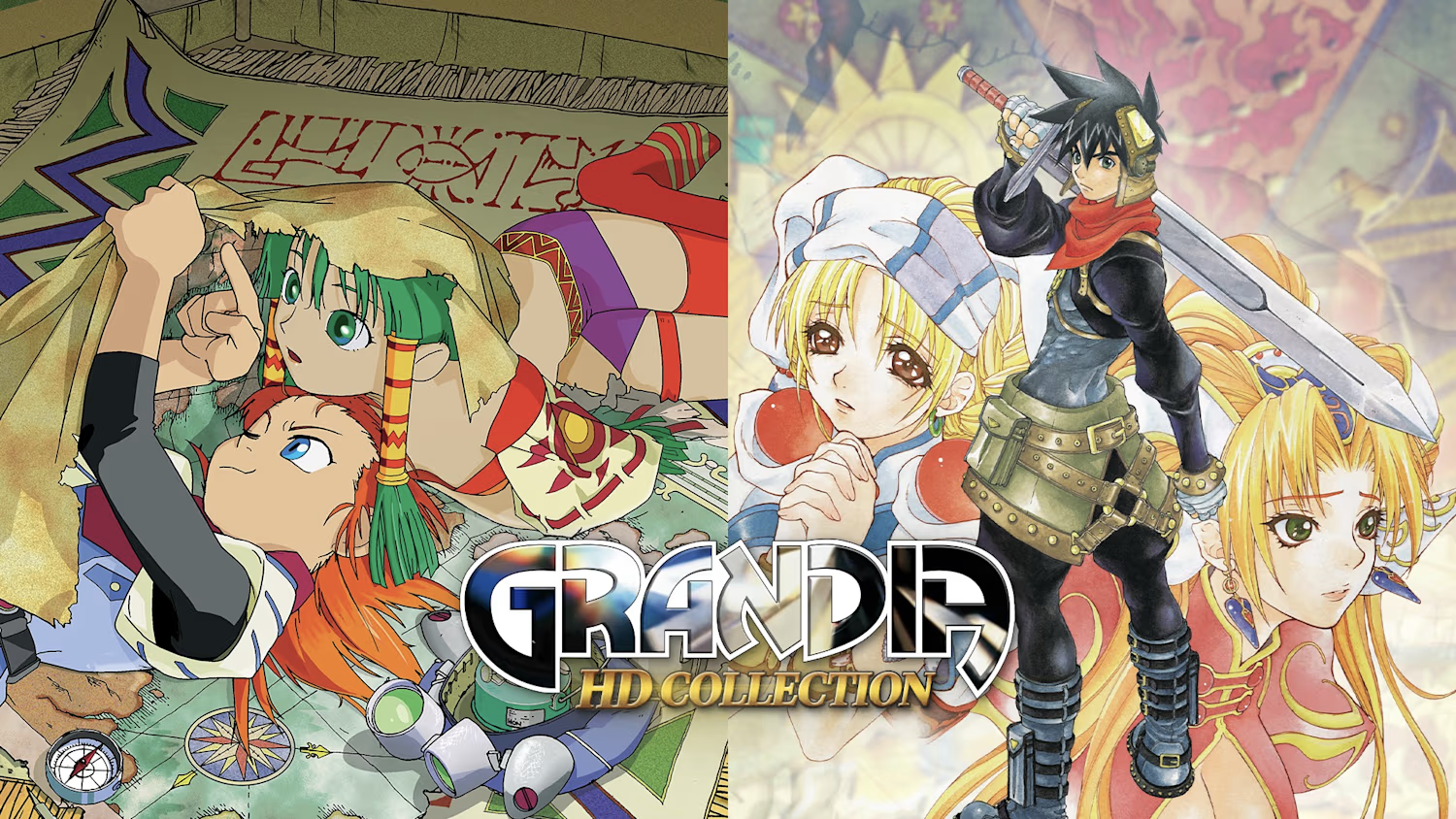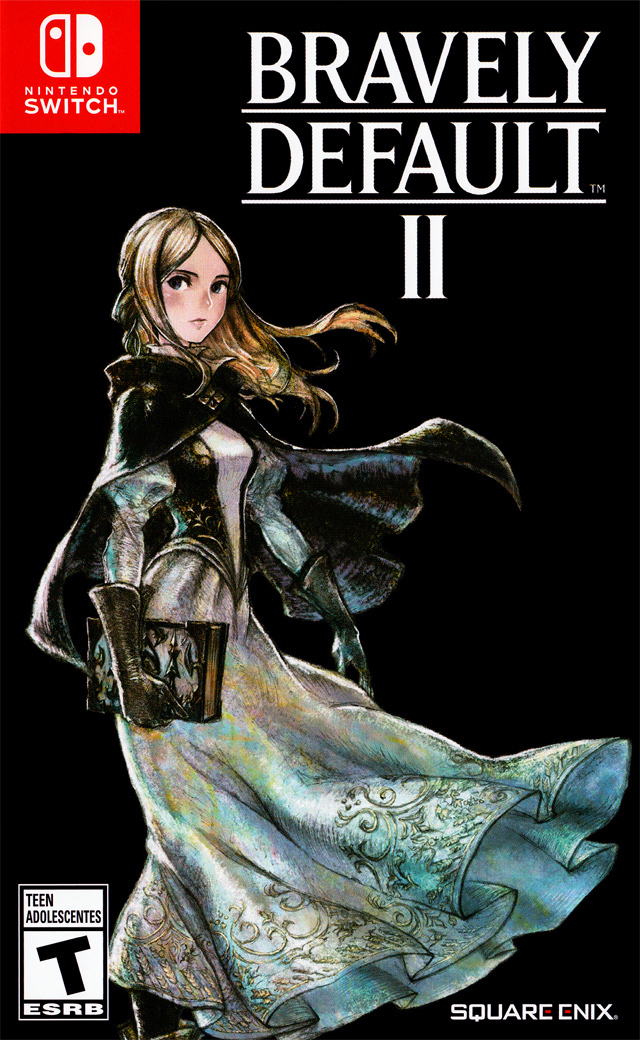Grandia HD Collection
Oct. 23rd, 2024 04:49 pm
Grandia Theft Temps
When I was well into PlayStation 2 RPGs, one I gave a shot was Grandia Xtreme, which was my first delve into the Game Arts franchise, when then I didn't know of its predecessors. Needless to say, it wasn't a totally positive experience given things like the save point starvation and consequentially having to go through long treks through dungeons without being able to recover, leaving you exhausted at the end of said dungeon crawls, although its predecessors seemed better in this regard, despite their PlayStation ports being technical messes. The Grandia HD Collection gave a great opportunity to redeem said issues, but did it?
Both games' narratives occur in completely different universes, with the first focusing on Justin as he yearns to become a great adventurer in search of his father, and the second focusing on a sarcastic Geohound named Ryudo charged with escorting a possessed nun, Elena, to meet the Pope so she can get cleansed. The first game's story is very hackneyed and melodramatic, while the second's is somewhat better in spite of boring cutscenes and borrowing heavily from another Game Arts title, Lunar 2: Eternal Blue. Lackluster translations, lamentably, don't help either game, with GungHo Entertainment apparently not being bothered to update their badly-written scripts.
The first and second Grandias feature variations of the same critically-lauded battle system, although said critics were obvious blind to their myriad flaws, beginning with their encounter systems, which are a huge step from the vastly superior ones like those in EarthBound, with enemies charging the player's party regardless of their strength, and some unfairness occurring with things like blinking and reappearing unexpectedly to surprise the player or in the second entry's case, aerial enemies that are a real pain to get the initiative against in the first place. How the player encounters said foes dictates whether they, the player, or no one gets to go first.
The game mechanics of both games largely follow the same rules, where the player's characters and the enemies all share one turn order gauge along which they move to a stopping point where the latter begin to execute their abilities, and the player decides the formers' commands. One key feature is the ability to cancel enemy commands if the player times their characters' attacks right (though foes can do the same), but both games require an incredible amount of foresight in this regard, given the unpredictability of enemy speed across the turn order gauge. A major thing that bogs down both games' battle systems is the lengthy, unskippable ability animations, which are significantly worse in the second game, and really prevents their gameplay from truly excelling.
Both Grandias have similar gameplay without combat, with players exploring towns and dungeons that are open or close-aired, or a combination of both. There are no explorable overworlds, with each having a rigid linear structure and plot advancement. The menu systems of both games are different and have their flaws, with the first having an annoying limit on item capacity; while the second ditches this, it has a really-irritating spherical menu system. Both, however, have save and recovery points that somewhat ease the pain of long dungeon treks, but they could have easily interacted with players better.
Noriyuki Iwadare composed the soundtracks of both games, which definitely do have their share of good tracks, although their quality is often grossly inconsistent, with some really weird or downright-bad pieces. Players have a choice between English and Japanese voicework for each game, but unfortunately, the first retains the same janitorial staff-quality performances as the PlayStation version. The second game's English voices are easily far better, but still imperfect. In the end, the sound of both games rises above average, but not by a heavy degree.
The first game's graphics were adapted to widescreen, with a world's worth of difference in their quality compared to the original versions, with nice colors and upscaling, looking overall generally gorgeous. However, the sequel is a far different ballpark, with hideous three-dimensional graphics that look every bit as bad as they did on the Dreamcast and PlayStation 2, very easily passing for a late PlayStation 1 game.
Finally, the first Grandia can be really long, up to ninety hours, while its sequel is about half that length, with little lasting appeal in either game.
Overall, while the Grandia HD Collection has a few things going for it like the battle systems (though these are far from perfect unlike mainstream and "fan" video game critics make them out to be) and to a lesser extent the soundtracks, they also have plenty going against them like the horrid control, average narratives, inconsistent voicework quality, and in the second game, the hideous graphics. Both also require a lot of time to complete, which is too much for games that are at best average, so unless they're on sale for a huge discount and your gaming dollars are really tight, you can easily live without experiencing them, as there are far better JRPGs out there.
This Deep Look is based on single playthroughs of both games.










